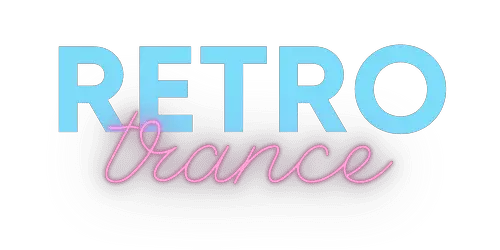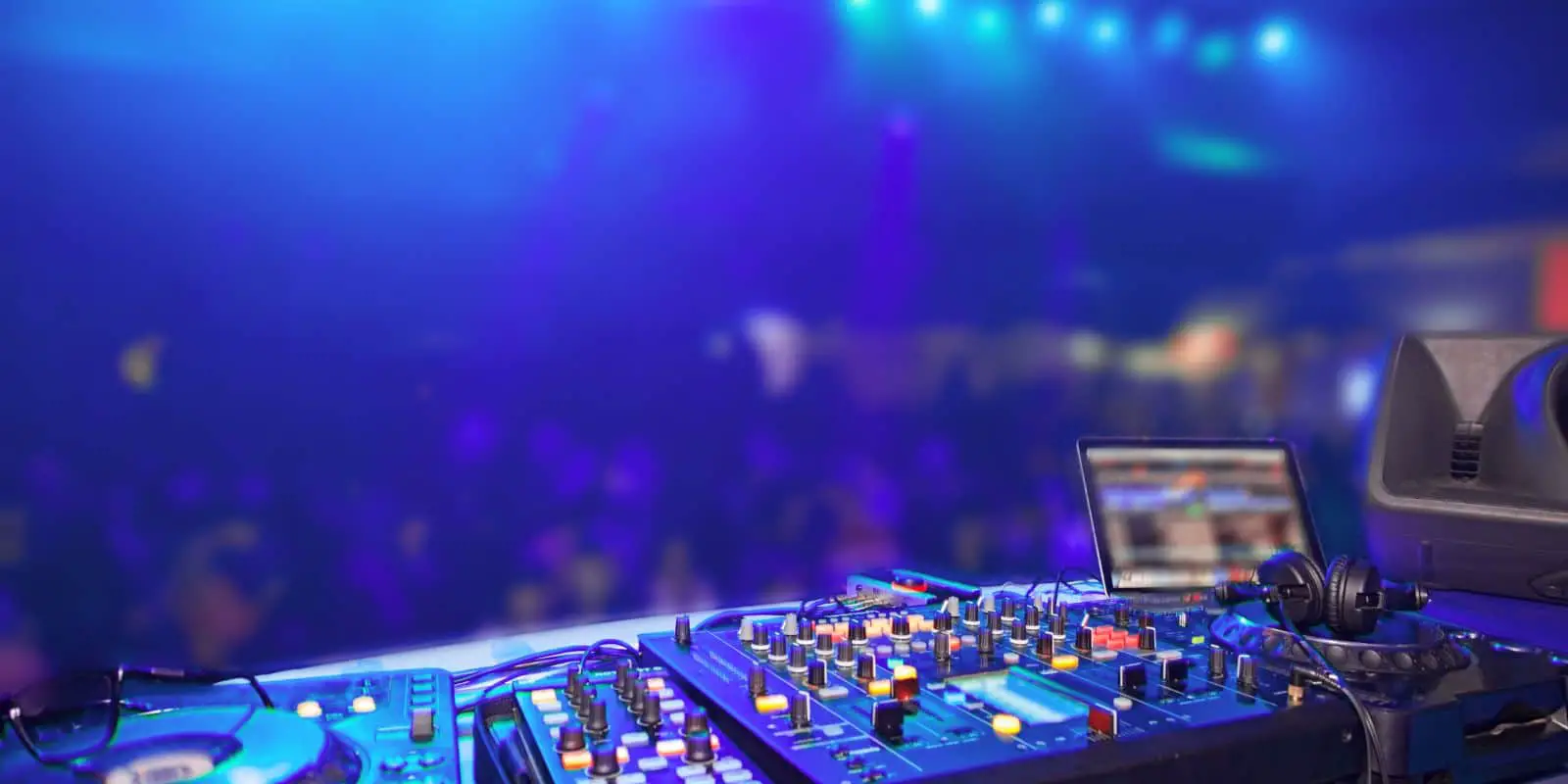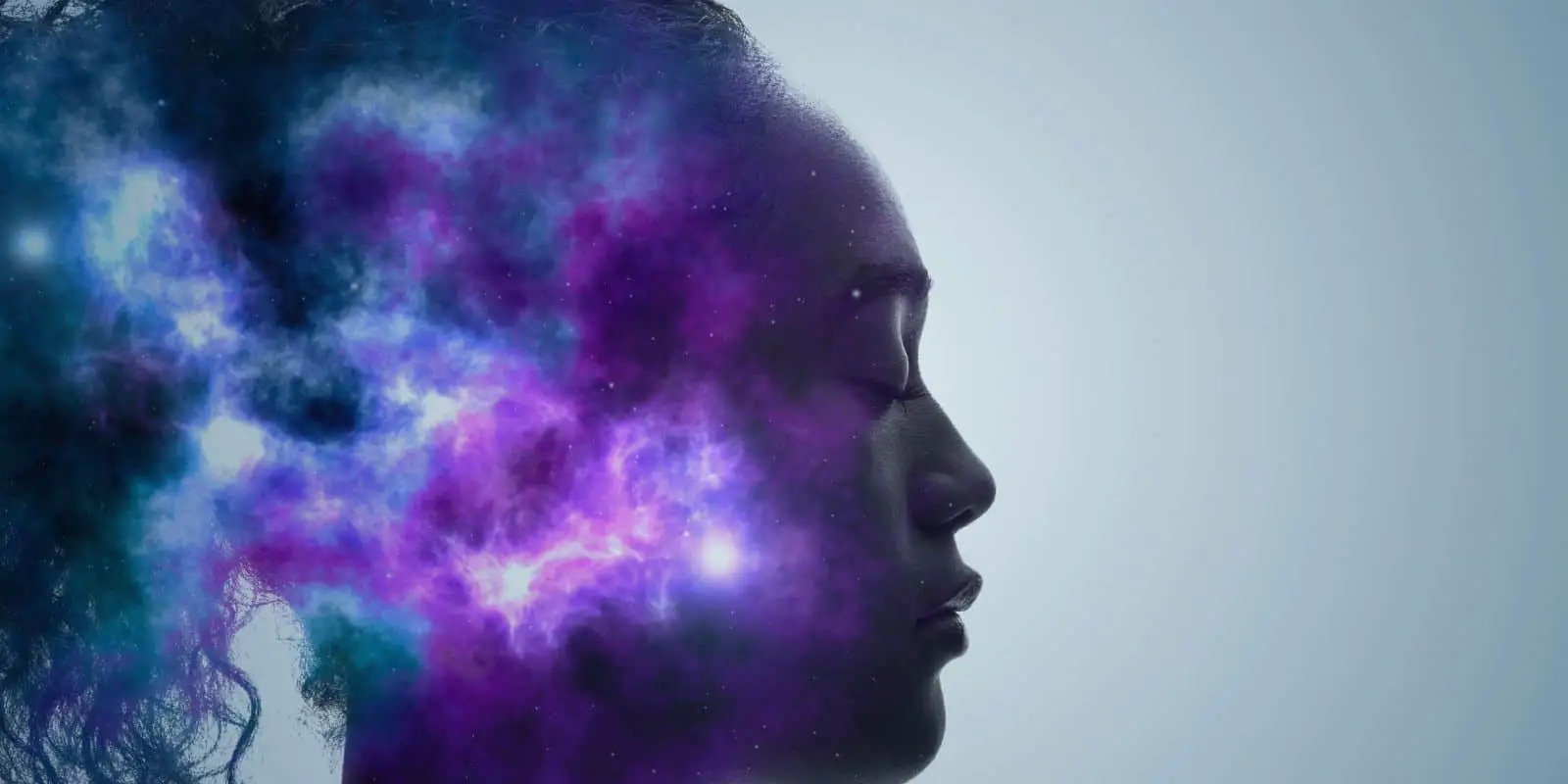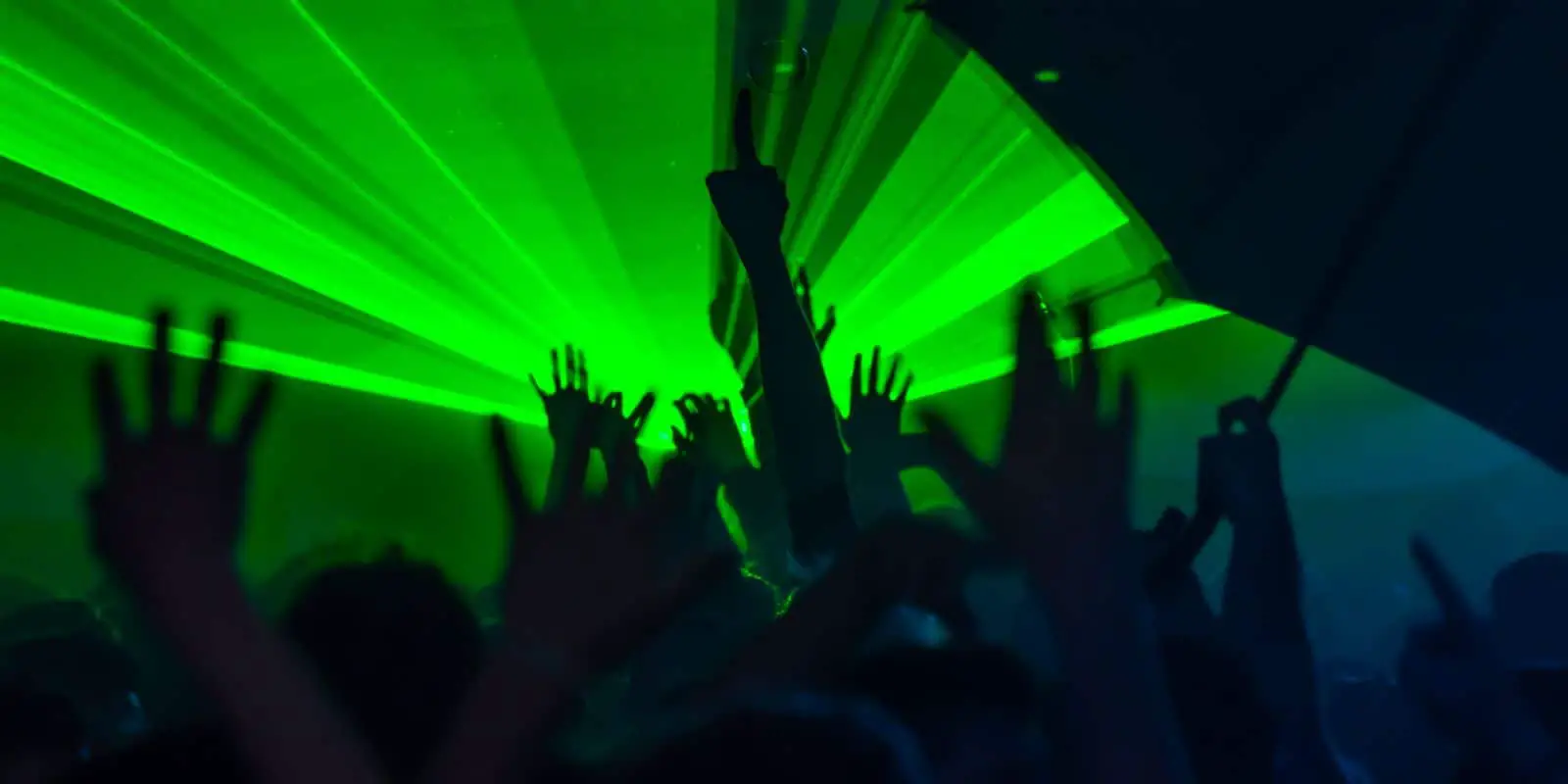When it comes to electronic dance music, one genre that has stood the test of time is progressive trance. But what exactly is progressive trance? The answer to this question is not as straightforward as one might think, as there are varying definitions of the genre. However, we will attempt to provide a concise explanation of what progressive trance is and what sets it apart from other subgenres of trance music.
Progressive trance emerged in the early to mid-1990s and is characterized by its focus on the melodic and atmospheric elements of trance music. Unlike other subgenres of trance, such as uplifting trance or psytrance, progressive trance tends to have a slower tempo and a more subdued energy. The genre is also known for its use of extended breakdowns, which create a sense of anticipation before the beat drops back in. With that said, the defining characteristics of progressive trance can vary depending on who you ask.
What is Progressive Trance?
Progressive trance is characterized by a build-up and release of energy over a period of 8-10 minutes, with a series of alternating chords or pads that create a sense of forward momentum and tension.
The genre is known for its dreamy, melodic, and atmospheric soundscapes, with a focus on creating a hypnotic and immersive experience for the listener. The tempo of Progressive Trance usually ranges from 120 to 130 beats per minute, making it slower than other subgenres of Trance.
One of the defining features of Progressive Trance is the use of long and gradual build-ups, where the energy and intensity of the track slowly increase over time. This creates a sense of anticipation and excitement, leading up to a climactic drop or release of energy that is often accompanied by a powerful bassline and driving rhythm.
Another important aspect of Progressive Trance is the use of complex and evolving melodies, often incorporating elements of classical music, world music, and ambient sounds. This creates a rich and dynamic sonic landscape that can transport the listener to another world.
Overall, Progressive Trance is a genre that is focused on creating a journey for the listener, with a focus on building tension, releasing energy, and creating a sense of emotional and spiritual transcendence.
Characteristics of Progressive Trance
One of the hallmarks of Progressive Trance is its structure. It is often built around a verse-chorus-verse-chorus-pause-double-verse format. However, over time, producers have experimented and moved away from using Trance synth sounds and instead, put more emphasis on melodies, vocals, and acoustic lines.
Another characteristic of Progressive Trance is the use of longer song lengths. The songs can be up to 10 minutes or more, allowing for more intricate melodies, layering, and progression.
Progressive Trance tracks often have a persistent bassline, which is faster than the house music bassline, and a consistent beat. The genre also has fewer synth arpeggios and less vocals than other styles of Trance, which allows for a more instrumental focus.
Finally, Progressive Trance is known for its emotional and atmospheric qualities. It often features lush, dreamy soundscapes that create a sense of euphoria and transcendence. The genre is designed to take the listener on a journey, with builds and drops that create tension and release.
In summary, Progressive Trance is a slower, more emotional sub-genre of Trance that focuses on atmosphere, melody, and intricate layering. Its structure, longer song lengths, and focus on instrumental elements make it stand out from other styles of Trance.
History of Progressive Trance
When we talk about the history of progressive trance, we need to go back to the 1990s. At that time, the trance genre was still in its infancy, and the sound was characterized by fast beats, hard basslines, and repetitive melodies. However, a new sound was emerging, one that was more melodic, atmospheric, and emotional. This was the birth of progressive trance.
The early pioneers of progressive trance were artists like Way out West, DJ Sasha, and John Digweed. They were inspired by the sounds of ambient, techno, and house music, and they wanted to create something that was more complex and sophisticated than the traditional trance sound. They experimented with new sounds, textures, and rhythms, and they created a new style of trance that was more melodic, atmospheric, and emotional.
As the years went by, progressive trance became more popular, and it started to evolve. New artists emerged, and they brought new ideas and influences to the genre.
Today, progressive trance is still going strong, and it continues to evolve. New artists are emerging all the time, and they are bringing new ideas and influences to the genre.
In conclusion, the history of progressive trance is a story of evolution, experimentation, and creativity. It is a genre that has always been at the forefront of electronic music, and it continues to inspire and innovate to this day.



